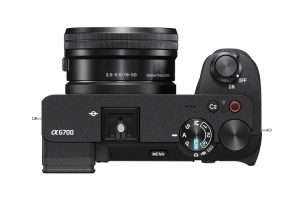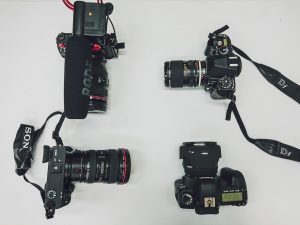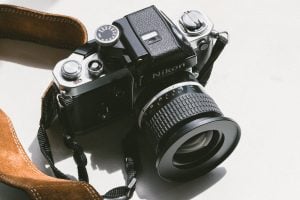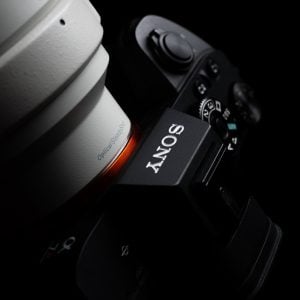Sony A6700 review reveals upgraded APS-C camera capabilities
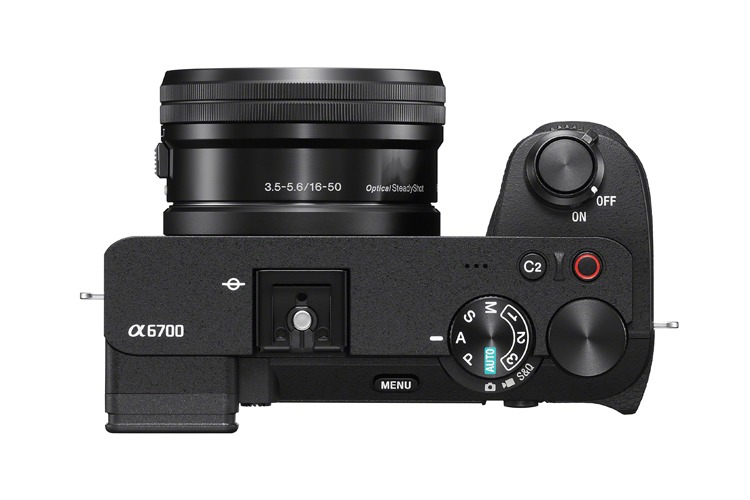
Sony is well-known for its full-frame mirrorless cameras, but it also offers the A6000 APS-C lineup, which hasn’t seen an update in a while. However, last year, Sony released the A6700, which has received positive reviews for its impressive features.
The A6700 addresses the main issues of its predecessor, the A6600, by improving its resolution and reducing rolling shutter. In fact, it has been compared to a mini-FX30 cinema camera due to its sensor and video capabilities. Overall, the A6700 has generated a lot of excitement and curiosity, especially when compared to Canon and Fujifilm models.
The body and handling of Sony APS-C cameras have often been criticized for their usability and aesthetics. However, the A6700 has made improvements in this aspect. With a larger and more comfortable grip, it is easier to use for extended periods. Sony has also added a new control dial on the front, enhancing its functionality in manual or priority modes.
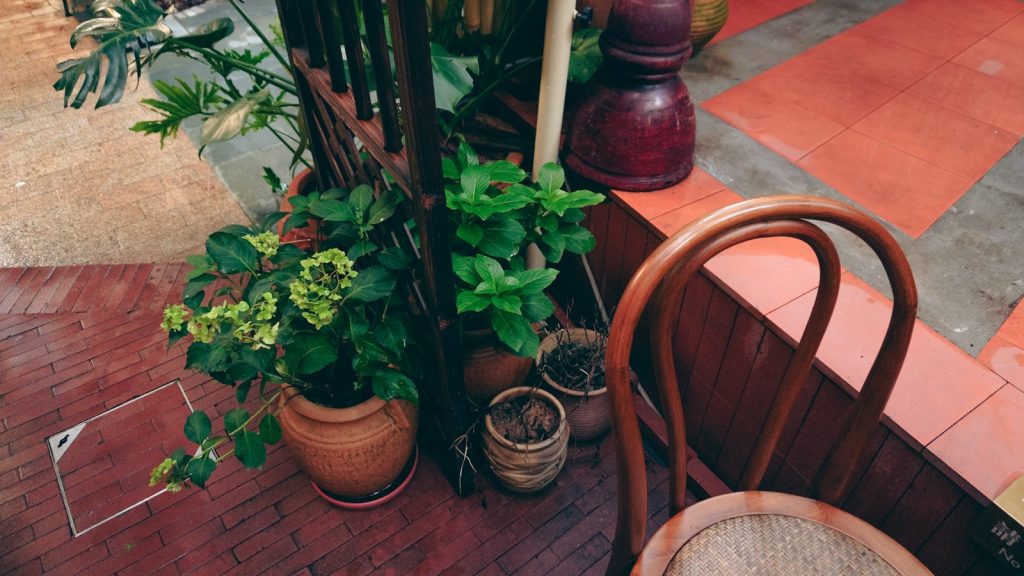
Additionally, the A6700 incorporates a dedicated dial for photo, video, and S&Q settings, allowing users to keep their preferred configurations separated. The menus have also been upgraded, now using the improved system found in recent full-frame models. The lack of a joystick is the only downside in terms of handling, but the focusing point can still be adjusted using the dial on the back. Another notable feature is the articulating display, perfect for vloggers, although the low resolution electronic viewfinder has room for improvement.
Despite having a single card slot, it supports high-speed UHS-II cards, and its battery life is exceptional with a CIPA rating of 570 shots. All in all, Sony has made significant strides in improving the overall design and functionality of the A6700.
In terms of performance, the A6700 offers impressive capabilities but also has some drawbacks. It can capture lossless RAW bursts at a speed of up to 11 fps, whether using the mechanical or electronic shutter modes. However, compared to similarly priced competitors like Canon EOS R7 and Fujifilm X-T5, the A6700 falls short in terms of burst speed.
The A6700 can only save up to 36 compressed RAW frames before the buffer fills, which is similar to its predecessor, but still lower than its rivals. That being said, when it comes to autofocus, Sony excels. The continuous mode produces reliable results, even with fast-moving subjects. The AI tracking is particularly impressive, locking onto eyes and faces, ensuring important moments are captured.
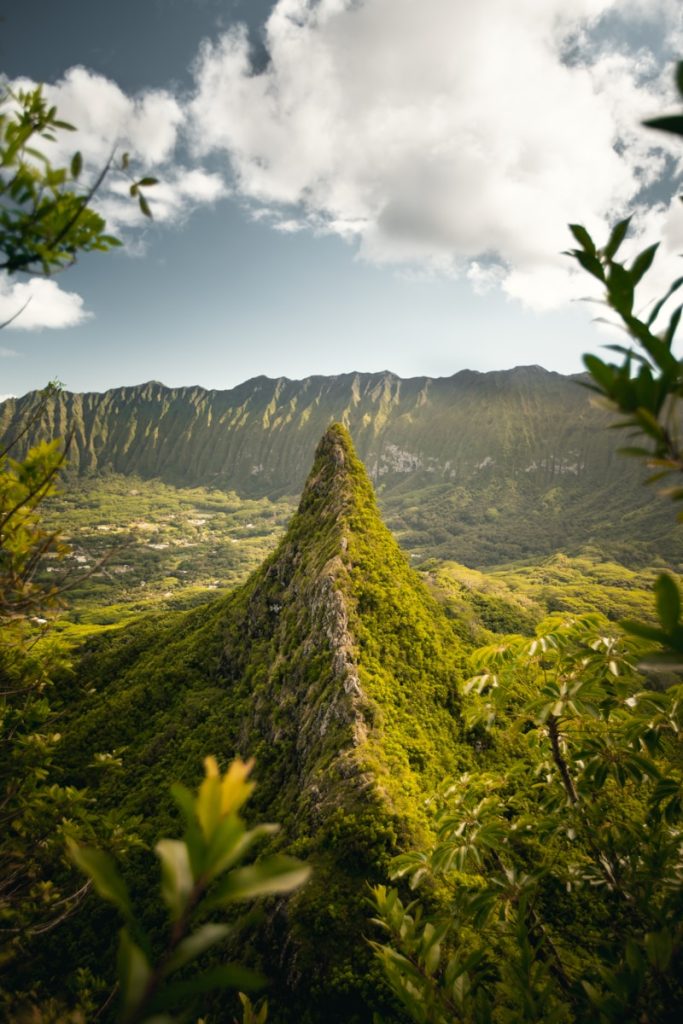
While the A6700’s five-axis in-body stabilization is good, it doesn’t match the capabilities of Canon EOS R7 and Fuji X-T5. Nevertheless, it still allows for sharp photos at slower shutter speeds. Rolling shutter, which was a significant concern in the A6600, has been greatly improved in the A6700. However, in order to capture fast-moving subjects, it is advised to use the mechanical shutter.
The A6700 features a new 26-megapixel sensor, which captures more detail than its 24-megapixel predecessors. Though it falls behind the Canon R7 and X-T5 in terms of resolution, the A6700’s colors are accurate, and its JPEGs look good straight out of the camera. With 14-bit uncompressed RAW files, there is plenty of room for adjustments and tweaks, providing greater control over brightness and shadow details.
However, it’s worth noting that when shooting in burst mode, RAW files are captured with only 12-bits of color fidelity. The lower resolution does have its benefits, though. The A6700 performs better in low light, with well-controlled noise up to ISO 6400 and usable images up to ISO 12800. However, using the high ISOs beyond this range can result in excessive noise, so it’s advisable to pay extra attention to shadow exposure.
When it comes to video capabilities, the A6700 shines, leaving its predecessors in the dust. Compared to the previous models, instead of making comparisons, it’s more accurate to view the A6700 as a more affordable and smaller version of the FX30 cinema camera with the same image quality. However, there is one significant difference—the A6700 lacks the same level of cooling capability.
It records 4K videos at 30 and 60 fps, with sharper footage compared to the X-T5 and R7 due to sampling the full sensor width. Furthermore, the A6700 introduces a 4K 120fps mode, although it is significantly cropped at 1.58x. Keep in mind that overheating can be a concern when recording at 120p, potentially causing the camera to shut down after 20-30 minutes. When shooting indoors, there shouldn’t be any issues up to 4K 60p, as long as the “auto power temp” setting is on “high.”
However, on hot days, it’s essential to monitor the camera’s temperature to avoid reaching its limits. Similar to the FX30, the A6700 offers 10-bit S-Log3 capture, allowing for more flexibility in post-processing. It also supports loading custom look-up tables (LUTs) for easier monitoring or embedding particular styles into the final video. While rolling shutter is still present, it is far less noticeable compared to previous Sony crop sensor models.
An interesting feature particularly useful for vloggers is the auto-framing, which can crop in and follow the subject within the frame, with minimal quality loss. Additionally, the focus compensation feature digitally eliminates breathing, resulting in sharper videos.
The A6700 is undeniably Sony’s best APS-C camera yet, offering excellent capabilities for both photography and videography. It has significantly enhanced handling compared to the A6600, while maintaining the same price of $1,400. It might be slightly slower in burst speed compared to its main rivals, the Canon R7 and Fujifilm X-T5, but Sony’s autofocus compensates for that, ensuring sharp images. On the video front, the A6700 outshines its competitors. It is a compelling option for content creators and hybrid shooters who prioritize video but still engage in photography. Overall, the A6700 is highly recommended for those seeking a versatile camera that excels in both video and photo performance.
